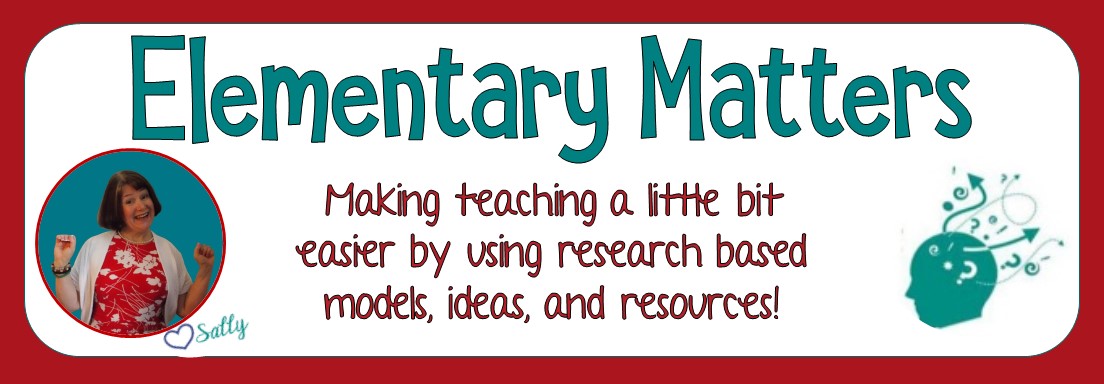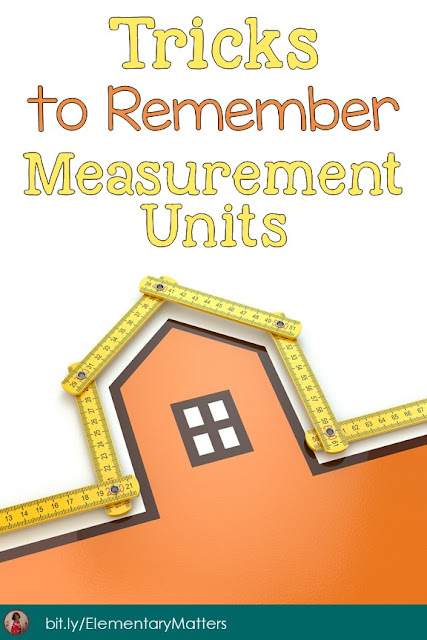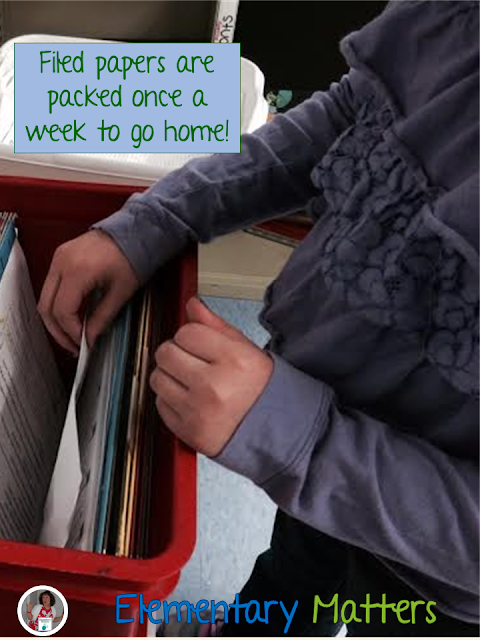We had one of our Enrichment Days today! Our theme was Around the World in One Day, and it was fabulous!
All the teachers sponsored workshops about different countries, the children got tickets to different workshops, and everyone had a blast!
My country was Argentina!
The first thing I did was show where Argentina was on the map, and discussed what we knew about it from the map:
- Most of Argentina is the temperate zone, so it gets all 4 seasons.
- Since Argentina is in the southern hemisphere, they are coming into their winter, like we are coming into our summer.
- There is a good deal of coastline. Argentinians probably enjoy their beaches as well as fishing.
- There are mountains along the border to Chili. They probably enjoy skiing and hiking.
Then we watched this video and found out we were right!
They loved the video, and all want to visit Argentina!
Then I showed this video of the Argentinian Tango from So You Think You Can Dance.
Then I showed this "How to Tango" video for kids. It was a little dorky, but they got it!
Of course, not everyone wanted to Tango, but they had THESE adorable little Argentina booklets to color, so everyone was happy.
Sorry I didn't get a better picture of the booklets!
But many kids wanted to Tango. So I played this You Tube video with plenty of Tango music:
Of course, I had to give them roses to carry in their teeth while they danced! (Look closely, they've got them!)
Everyone had a great time! I ended with a quick "Triva Time" to see if they remembered what they learned about Argentina, and they did! I think they'll remember the Tango most of all!
Stop by Doodle Bugs Teaching for more Five for Friday!












































